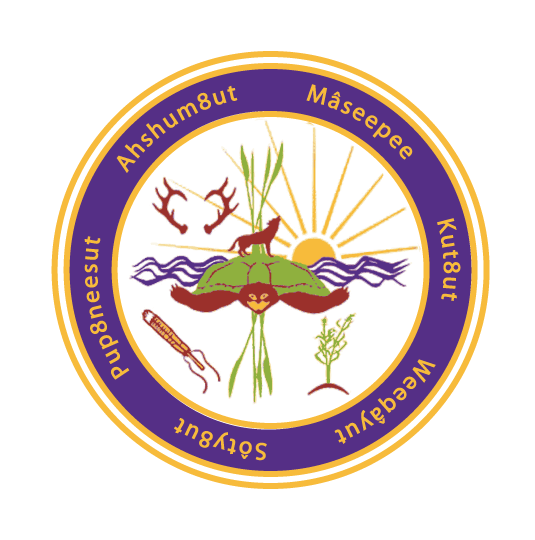The Association to Preserve Cape Cod will use more than $2.5 million in grant funds from the National Oceanic and Atmospheric Administration to improve fish passage and reclaim a disused cranberry bog. The grant funds will be combined with funding from the town of Mashpee, the USDA Natural Resources Conservation Service, the Cape Cod Water Restoration Project and private foundations.
Chairman Weeden says the Mashpee River is a vital part of the tribe’s culture and history.
“That’s one of the major rivers here in Mashpee. We have other rivers as well, but that’s been the center of our tribal community when it comes to exercising our aboriginal rights, hunting, fishing and gathering.”
The long-term goal is to restore habitat and improve fish passage along the entire five-mile length of the Mashpee River, from its source at Mashpee-Wakeby Pond to Popponesset Bay.
The river is home to one of Cape Cod’s largest river herring runs and native brook trout.
“When the herring come up from the ocean and pass through that river into the pond that’s when we know it’s our springtime and our new year. So the pond and the water have always been sacred areas, special areas to the tribe,” Weeden said.
The APCC says the project will focus on three key areas: coordinating with the town of Mashpee and NRCS to improve fish passage in the upper river, restoring a natural wetland from an abandoned cranberry bog near Washburn Pond, and conducting a comprehensive hydrological assessment in collaboration with the Tribe and local community to identify and prioritize additional restoration needs throughout the river system.
A major component of the project is community engagement and capacity building. The Mashpee Wampanoag Tribe will play a crucial role in the restoration process, and tribal staff will support restoration planning, project management, and monitoring. Additionally, a community visioning process to prioritize restoration activities will be led by the Waquoit Bay National Estuarine Research Reserve, gathering input from both tribal and non-tribal communities.
Weeden said the restoration project aims to bring back what was once a vital resource which was damaged in large part by the cranberry industry.
“When the cranberry industry came into town, they diverted the river and put some of the water into the cranberry bogs. We’ve seen a lot of things happen, even recently, birds have died in the river and we’ve had to send them away for lab tests (to determine what killed them). We don’t see trout as much as we used to traditionally in our rivers. A lot of our elders talk about how the river was black. You could literally walk across the backs of the herring back in the day and you don’t see those populations anymore.”
Andrew Gottlieb, executive director of the APCC, said he anticipates a strong partnership.
"This project represents a significant step towards preserving the health and vitality of the Mashpee River. By working closely with the Mashpee Wampanoag Tribe, the town of Mashpee, and other partners, we can ensure that this restoration effort honors the cultural and ecological significance of this river."



